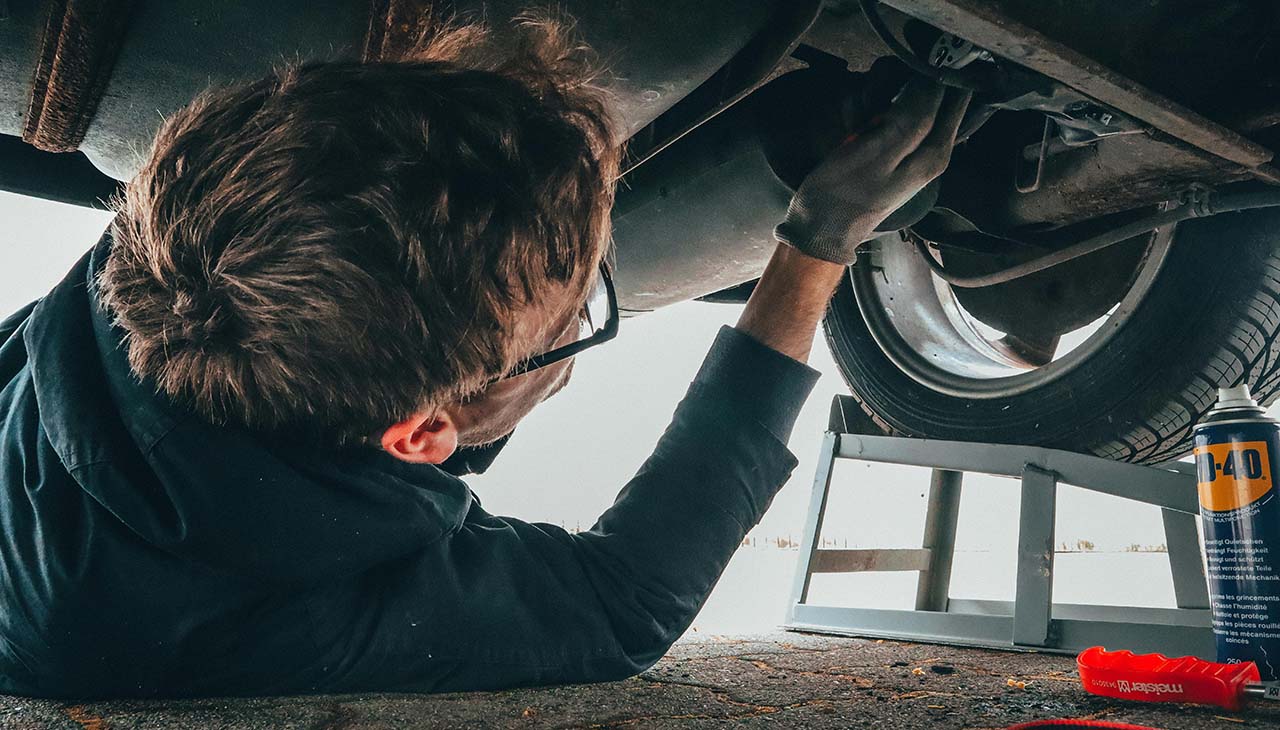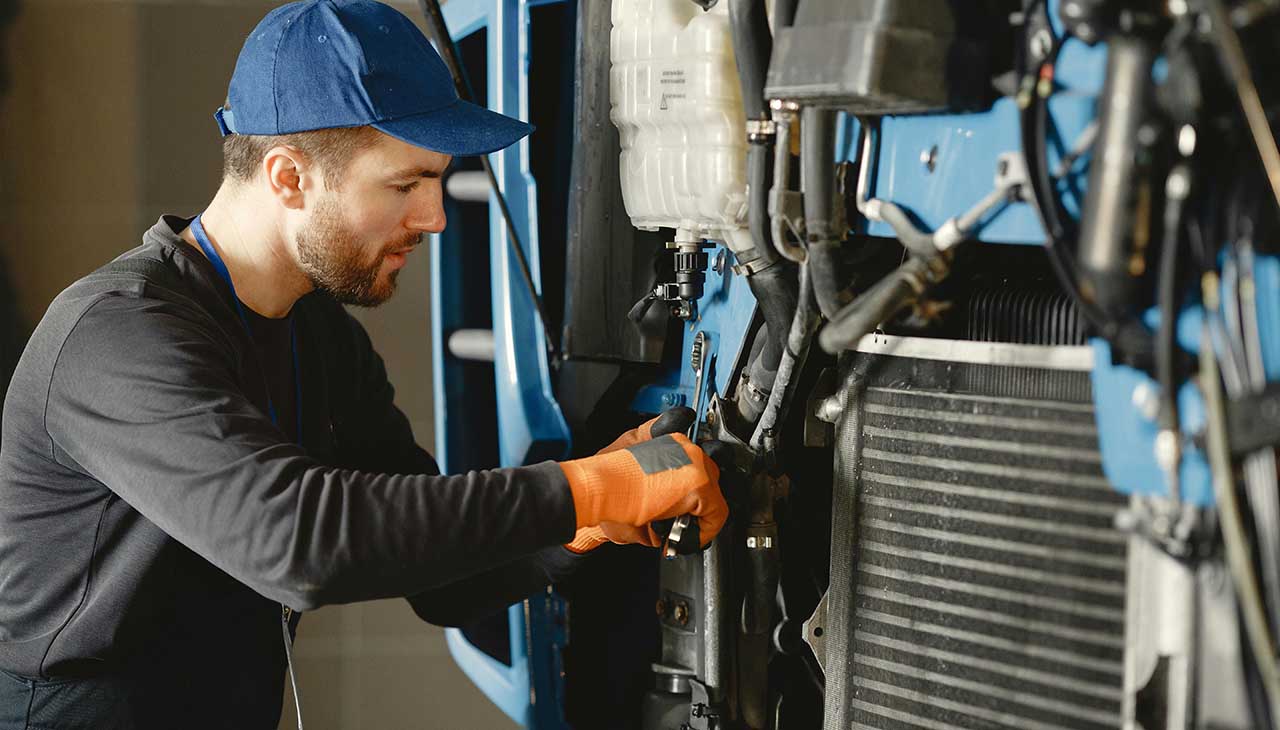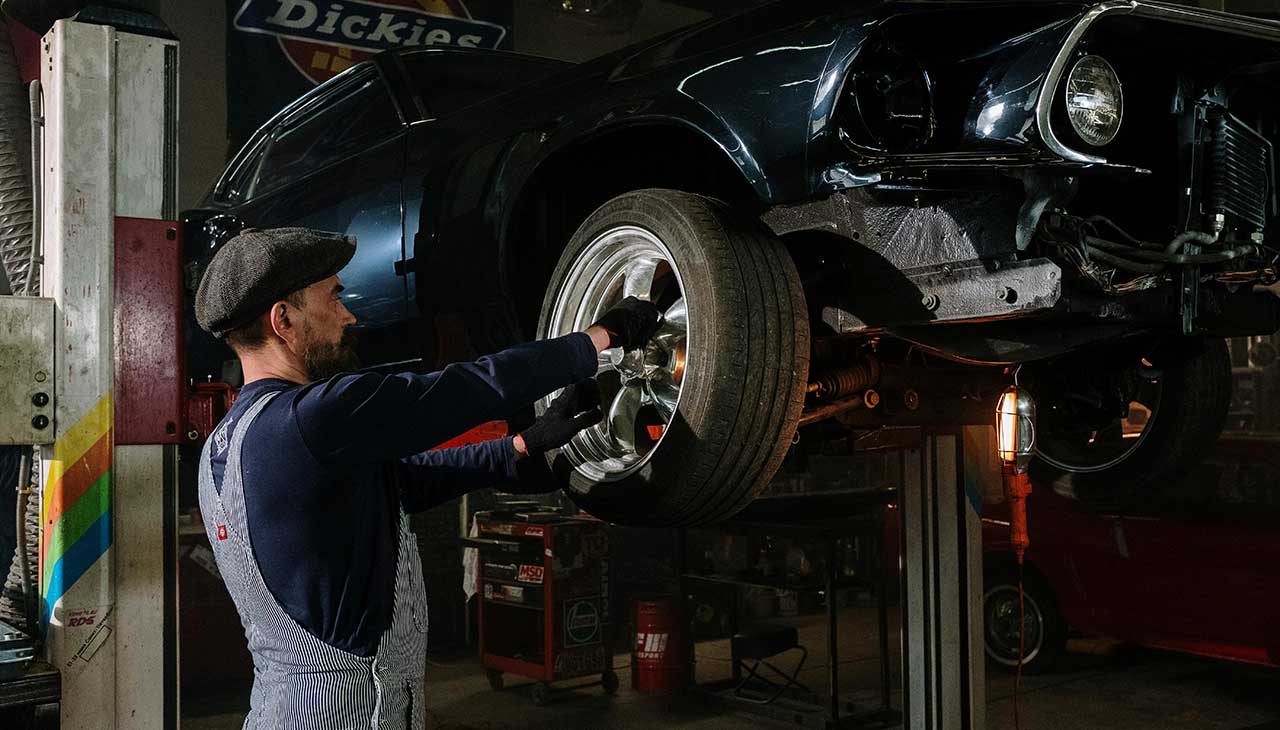Introduction
Accidents happen, and when they do, understanding the collision repair process can be invaluable. Whether you’re a car owner, an insurance professional, or an auto repair technician, knowing the ins and outs of collision repair not only facilitates smoother operations but also ensures that vehicles are restored to their optimal condition. This comprehensive guide walks you through every step of the collision repair process, providing essential insights for all parties involved.
Initial Steps After a Collision
Safety First
The moments following a collision can be chaotic and stressful. However, prioritizing safety is crucial. Here’s what to do immediately after a collision:
- Check for Injuries: Ensure that you and your passengers are safe. If anyone is injured, call emergency services immediately.
- Move to Safety: If the collision is minor and the car is drivable, move to a safe location, away from traffic.
- Turn on Hazard Lights: Use your vehicle’s hazard lights to alert other drivers.
Notifying Authorities and Insurance Companies
- Call the Police: It’s essential to report the accident, regardless of its severity. A police report can be vital for insurance claims.
- Document the Scene: Take photos of the scene, including vehicle damage, license plates, and any relevant road conditions.
- Notify Your Insurance Company: Inform your insurance provider about the collision as soon as possible. Provide them with all necessary details and documentation.
Assessing the Damage
Types of Damage
- External Damage: This includes visible damages such as dents, scratches, and broken lights.
- Structural Damage: This refers to damage to the vehicle’s frame or chassis, which can affect its overall safety.
- Mechanical Damage: Mechanical issues may not be immediately visible but can impact the car’s performance.
Importance of a Thorough Assessment
A comprehensive assessment ensures that all damages are identified and addressed. Overlooking any aspect can lead to future complications and increased repair costs.
Understanding the Estimate
Breakdown of an Estimate
An estimate typically includes:
- Parts: Costs for any parts that need replacement.
- Labor: Charges for the work performed by technicians.
- Additional Costs: Fees for services like towing, storage, or specialized equipment.
How Insurance Affects the Estimate
Insurance companies play a significant role in the repair process. They assess the damage, approve the estimate, and determine the coverage based on your policy. Understanding your insurance terms can help you navigate this process more effectively.
Choosing a Repair Shop
Factors to Consider
When selecting a repair shop, consider the following:
- Reputation and Reviews: Look for feedback from previous customers.
- Certifications and Experience: Ensure the shop has certified technicians and experience with your vehicle make and model.
- Warranty and Guarantees: Opt for shops that offer warranties on their work.
OEM vs. Aftermarket Parts
- OEM Parts: Original Equipment Manufacturer parts are made by the same company that produced your vehicle. They typically offer better quality but are more expensive.
- Aftermarket Parts: These are made by third-party manufacturers and can be cheaper but may not always match the quality of OEM parts.
The Repair Process
Step-by-Step Overview
- Disassembly: The damaged parts are removed to assess hidden issues.
- Repair Planning: A detailed repair plan is created based on the assessment.
- Ordering Parts: Necessary parts are ordered, either OEM or aftermarket.
- Structural Repairs: Any structural damage is addressed to restore the vehicle’s integrity.
- Body Repairs: External damage is repaired, including dents and scratches.
- Paintwork: The vehicle is repainted to match its original color.
- Reassembly: All parts are reassembled, and the vehicle is restored to its pre-accident condition.
- Quality Control: A thorough inspection is conducted to ensure all repairs meet industry standards.
Duration of Repairs
The time required for repairs can vary based on the extent of the damage, availability of parts, and the repair shop’s workload. Minor repairs may take a few days, while extensive repairs could take several weeks.
Working with Insurance
Role of Insurance Throughout the Repair Process
Insurance companies are involved in every step, from assessing the damage to approving the estimate and covering the repair costs. Effective communication with your insurance provider can streamline the process.
Tips for Effective Communication
- Keep Records: Maintain detailed records of all communications and documentation.
- Be Clear and Concise: Provide clear and concise information about the collision and damages.
- Ask Questions: Don’t hesitate to ask questions if you’re unsure about any part of the process.
Post-Repair Care and Inspections
After Repairs are Complete
Once your vehicle is repaired, there are a few steps you should take:
- Inspect the Repairs: Conduct a thorough inspection of the repaired areas to ensure everything is in order.
- Test Drive: Take your vehicle for a test drive to check for any issues with its performance.
- Keep Documentation: Keep all repair documentation and warranties for future reference.
Importance of Thorough Inspections
A detailed inspection ensures that all repairs have been completed correctly and that your vehicle is safe to drive. If you notice any issues, address them with the repair shop immediately.
Conclusion
Navigating the collision repair process can be daunting, but understanding each step can help you manage it more effectively. From initial safety measures to post-repair inspections, being informed empowers you to make the best decisions for your vehicle. Remember, thorough communication with your insurance provider and the repair shop is key to a smooth and successful repair experience.
Do you have any tips or experiences to share about the collision repair process? We’d love to hear your thoughts and stories in the comments below! And if you found this guide helpful, don’t forget to share it with others who might benefit from it.



